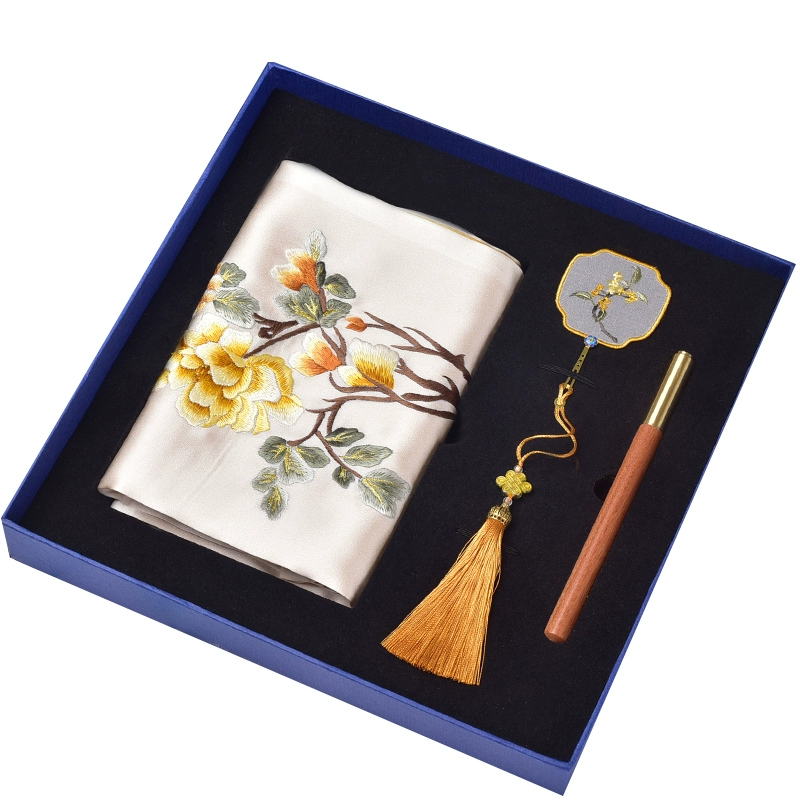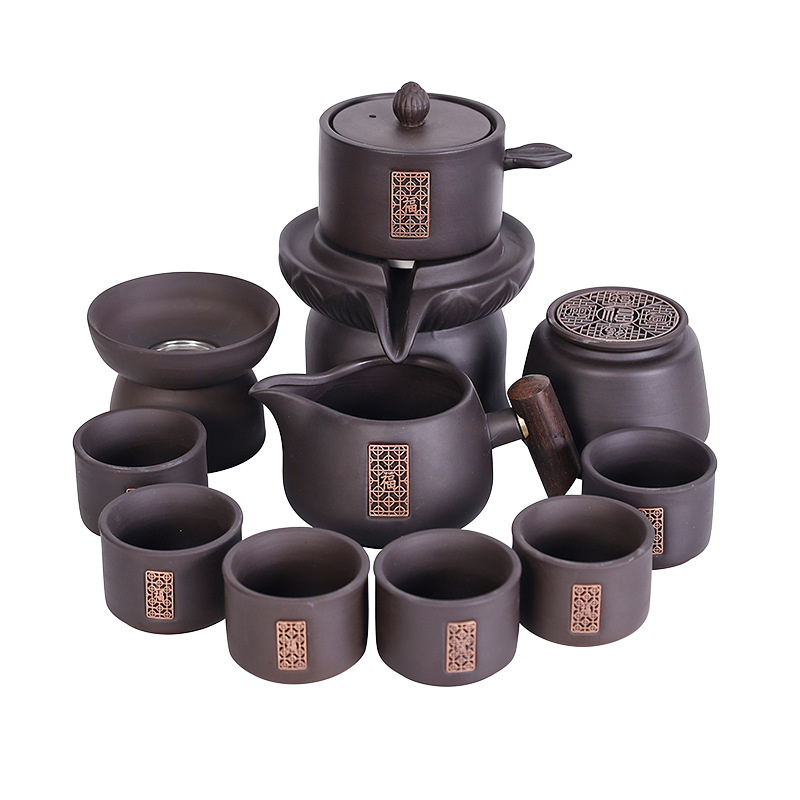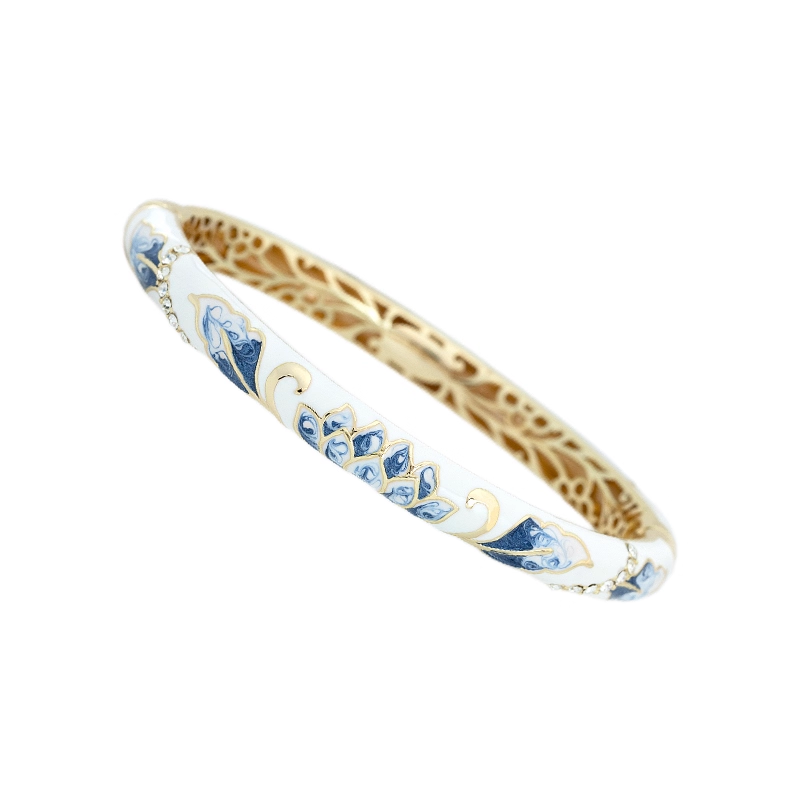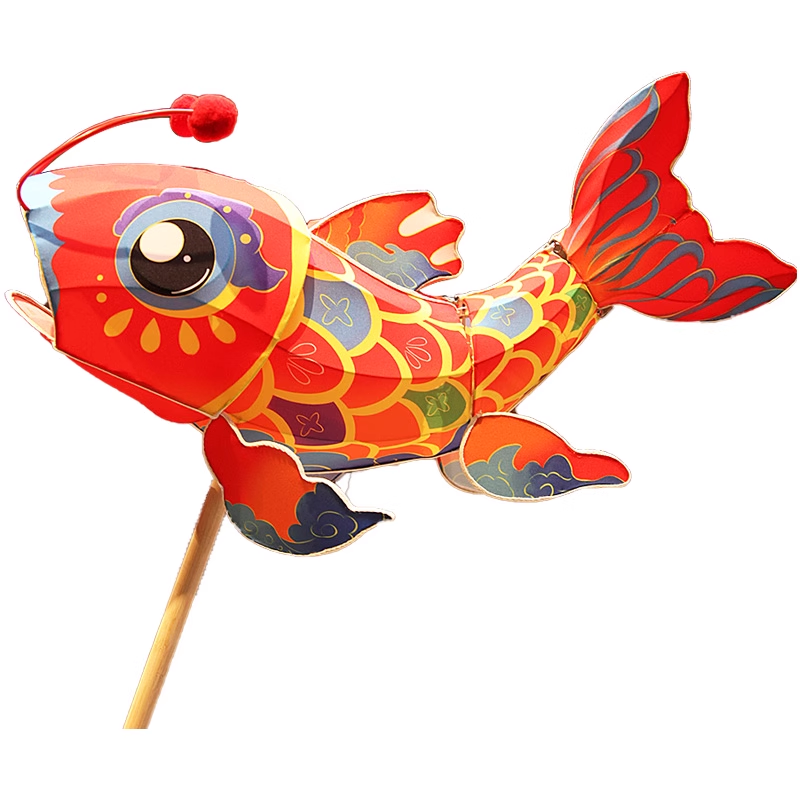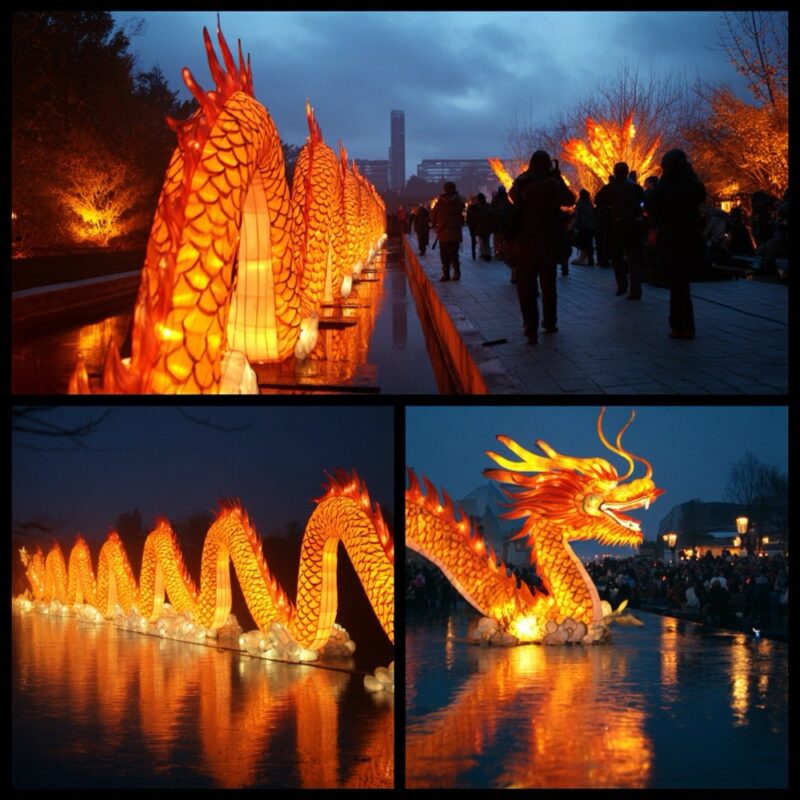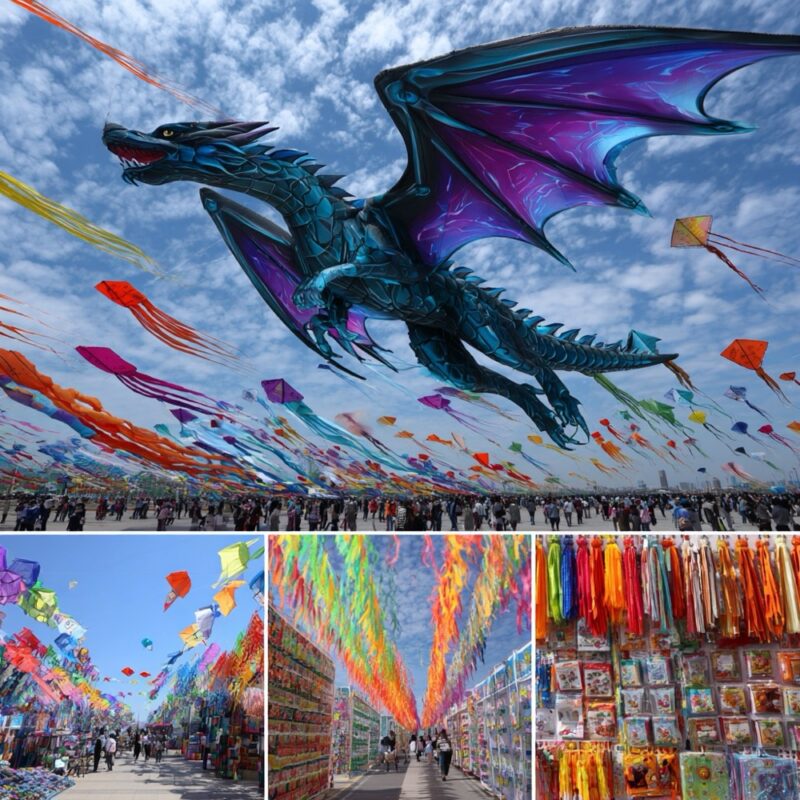Shadow Puppetry: A Millennium of Storytelling in Light and Shadow, An Oriental Legend at Fingertips
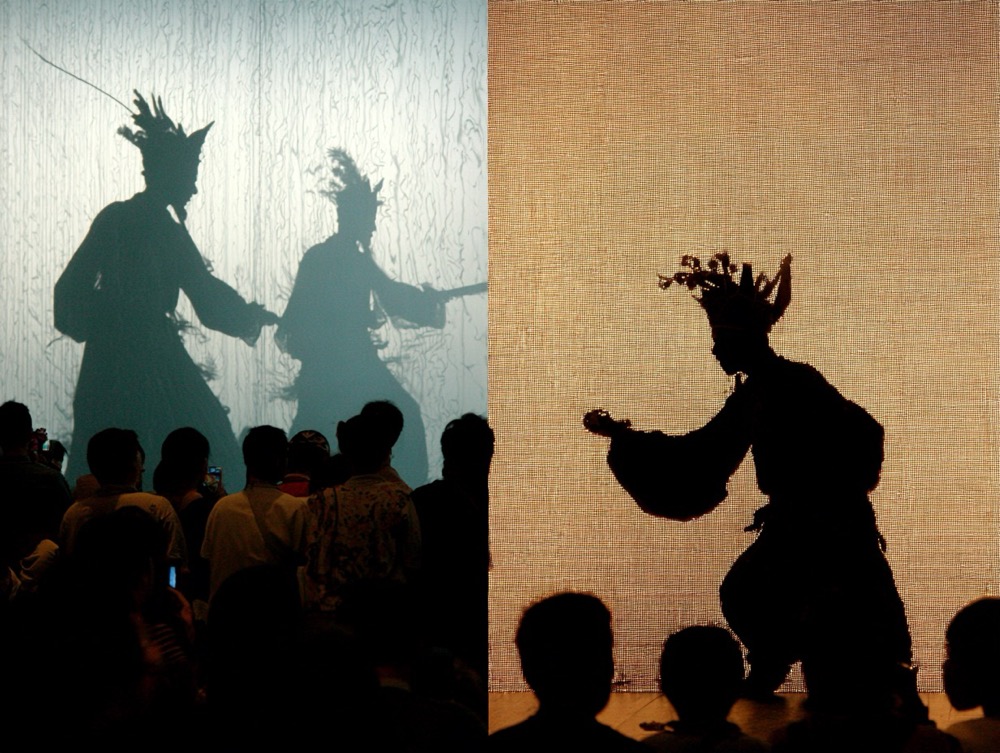
Among the brilliant stars of Chinese folk art, shadow puppetry, with its unique form of “using light and shadow as a stage, leather puppets as characters, and singing as the soul”, deeply integrates light and shadow art with folk stories. It has become a “living fossil of light and shadow” spanning over 2,000 years. This art, rooted in the daily life of ordinary people, not only carries the ancient Chinese pursuit of narrative entertainment but also embodies craftsmen’s ultimate exploration of carving and performance. Today, with its vivid light and shadow, it still conveys the unique charm of Chinese folk culture to the world.
The history of shadow puppetry can be traced back to the Western Han Dynasty. The Book of Han records that after Emperor Wu of Han missed his concubine Li, a sorcerer “carved a wooden figure in the shape of Lady Li, placed it under a lamp, and the emperor, sitting in another tent, looked at it as if he were seeing Lady Li herself”. This was the embryonic form of shadow puppetry. In the Tang Dynasty, shadow puppetry moved from the imperial court to the people. Along with the spread of Buddhism, it incorporated Buddhist scriptures stories and formed “popular preaching shadow puppetry”. Shadow puppetry troupes in Xi’an, Luoyang, and other places had already taken shape. The Song Dynasty was the golden age of shadow puppetry. In the 瓦舍勾栏 (washi goulan, public entertainment venues) of Bianjing (now Kaifeng), the capital, shadow puppetry became one of the most popular forms of entertainment. Dongjing Menghua Lu (Dreams of Splendor in the Eastern Capital) detailed the lively scene of “lighting lamps for performances, with audiences crowding around”. At this time, the materials of shadow puppets expanded from sheepskin and cowhide to donkey skin, and the carving craftsmanship became more sophisticated. During the Ming and Qing dynasties, shadow puppetry schools flourished: Huaxian shadow puppetry in Shaanxi was famous for “exquisite carving and passionate singing”; Tangshan shadow puppetry in Hebei was skilled in using “Pingju opera singing”; Sichuan shadow puppetry was known for “large puppets and grand scenes”. Different schools of shadow puppetry became vivid carriers of regional culture.
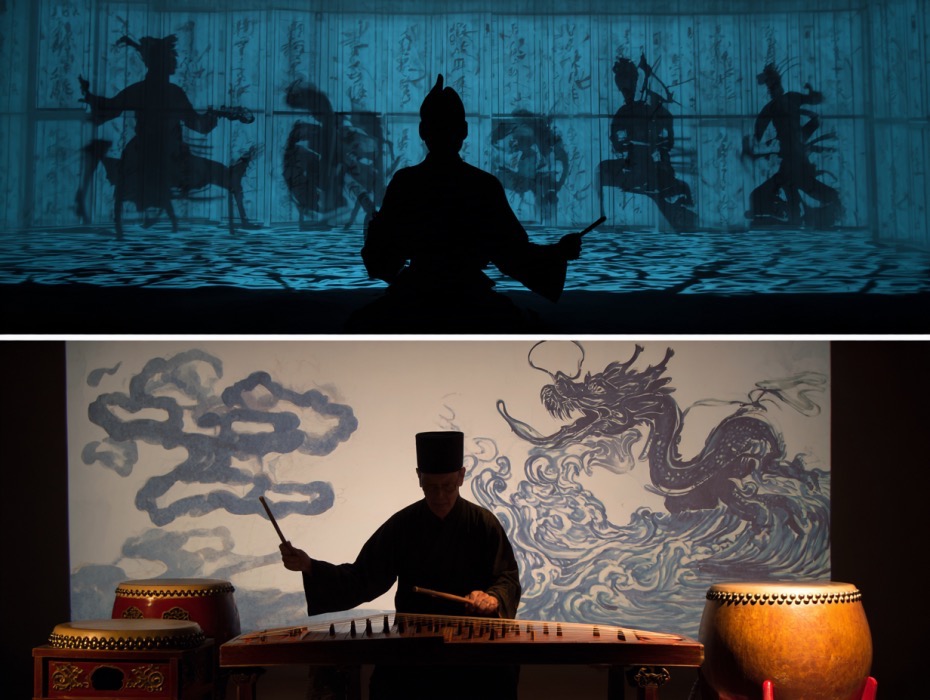
The charm of shadow puppetry first lies in its exquisite production process of “one piece of leather, one shadow; one knife, one carving”. The core material is mostly donkey skin or cowhide, which is tough and has good light transmittance. It needs to go through six core processes: “leather selection, leather processing, draft drawing, carving, coloring, and binding”, taking several weeks or even months. Leather selection requires choosing hides with uniform fur color and no defects; leather processing involves soaking, dehairing, and tanning to make the leather as thin as cicada wings and elastic; draft drawing requires designing shapes according to the story characters, with figures, animals, and scenes all conforming to folk aesthetics—for example, military generals are often painted with thick eyebrows and big eyes, while scholars appear gentle and elegant; carving is the core of the craft: craftsmen use carving knives to carefully carve patterns on the leather, with lines either bold and powerful or soft and graceful. The “hollow carving” of Huaxian shadow puppetry in Shaanxi can present complex patterns in a small space, with the finest lines being only 0.5 millimeters, which is known as “art on the tip of a knife”; coloring uses mineral pigments (such as cinnabar and stone green), which are bright and do not fade over time; finally, during binding, bamboo nails are installed at the joints to allow the puppets to move flexibly, laying the foundation for performances.
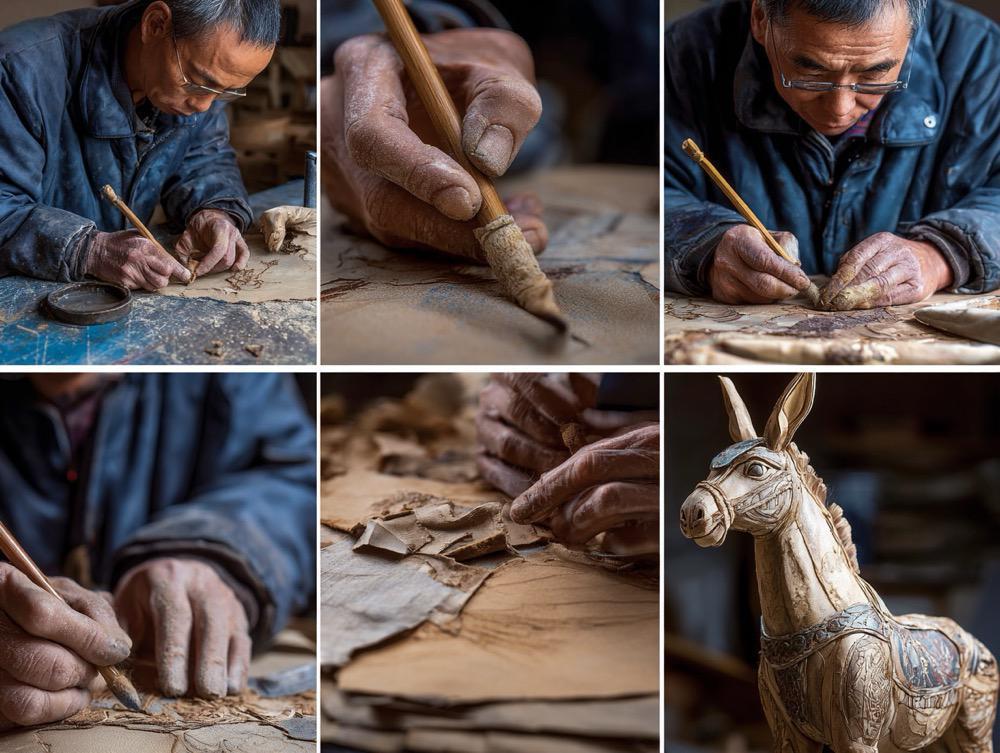
The soul of shadow puppetry lies in its performance art of “one person playing multiple roles, one shadow transforming into thousands of scenes”. A shadow puppetry performance usually only requires 1-2 “shadow puppeteers” to complete: one person holds multiple puppets and controls bamboo poles with their fingers, making the puppets perform actions such as walking, fighting, and changing expressions on the light and shadow screen. The vivid manipulation can make the puppets “have drama in their eyes and emotion in their movements”; at the same time, the shadow puppeteers also need to take care of singing and accompaniment, either singing folk tunes or reciting opera librettos. The singing styles of different schools have their own characteristics—the “Wanwanqiang” (bowl tune) of Shaanxi shadow puppetry is clear and melodious, while the “Yingdiao” (shadow tune) of Hebei shadow puppetry is mellow and simple. Combined with musical instruments such as gongs, drums, and huqin (a traditional Chinese stringed instrument), it forms a unique scene of “one person putting on an entire play”. During the performance, candlelight or modern lights pass through the puppets, projecting vivid images onto a white screen. The audience watches from the other side of the screen, and between the interweaving of light and shadow, folk stories such as “The Legend of the White Snake”, “Journey to the West”, and “The Cowherd and the Weaver Girl” unfold vividly.

Shadow puppetry is not only a form of entertainment but also carries profound cultural significance. Among the people, shadow puppetry is often performed during festivals and temple fairs. It not only conveys traditional values of “loyalty, filial piety, integrity, and righteousness” but also records regional folk customs. For example, the “face-changing” element in Sichuan shadow puppetry and the “Jin opera” singing in Shanxi shadow puppetry are all epitomes of regional culture; at the same time, the shapes and carvings of shadow puppets contain folk aesthetics. The patterns and color matching of the characters’ costumes all reflect the aesthetic tendencies of different eras, making them important materials for studying folk art.
In modern times, shadow puppetry has not faded with the changes of the times but has gained new vitality through inheritance and innovation. On one hand, traditional shadow puppetry techniques are systematically protected: in 2006, “shadow puppetry” was included in the National Intangible Cultural Heritage List. Shadow puppetry inheritance bases have been established in Huaxian County of Shaanxi, Tangshan of Hebei, and other places. Veteran puppeteers pass down carving and performance techniques to the younger generation through the “master-apprentice” model. On the other hand, innovations in shadow puppetry continue to emerge: artists integrate modern themes into shadow puppetry, creating new scripts such as “environmental protection themes” and “red stories”; use LED lights and projection technology to upgrade stage effects, making traditional light and shadow more visually striking; develop shadow puppetry cultural and creative products (such as shadow puppetry bookmarks and mini puppet ornaments), bringing shadow puppetry art into daily life. In addition, shadow puppetry has repeatedly appeared in international art festivals and cultural exhibitions—from the shadow puppetry performances at the Shanghai World Expo to the shadow puppetry shows at the Paris Folk Art Exhibition, all have allowed the world to feel the charm of Oriental light and shadow art, making it a cross-border cultural symbol.
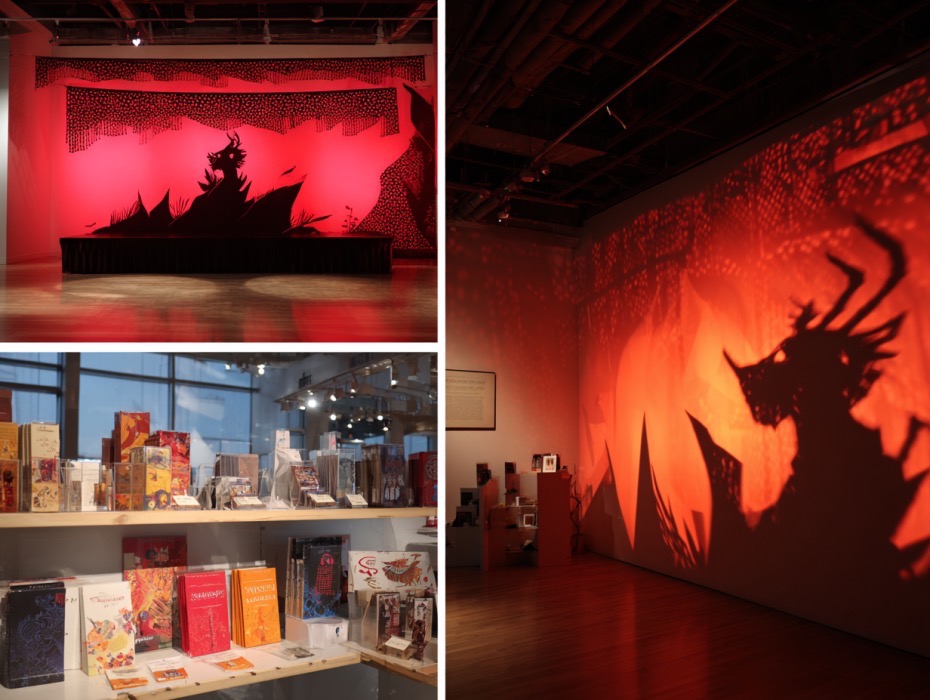
From the court light and shadow of the Western Han Dynasty, to the market shadow puppetry of the Song Dynasty, and to the modern shadow puppetry innovations of today, shadow puppetry has always used light and shadow as a brush and leather puppets as ink to interpret the Chinese people’s pursuit of stories and beauty. It is not only a folk art but also a series of vivid historical memories and an enduring cultural heritage. In the new era, with its Oriental charm accumulated over 2,000 years, shadow puppetry transcends time, space, and national borders, telling the immortal legend of Chinese folk art to the world.
